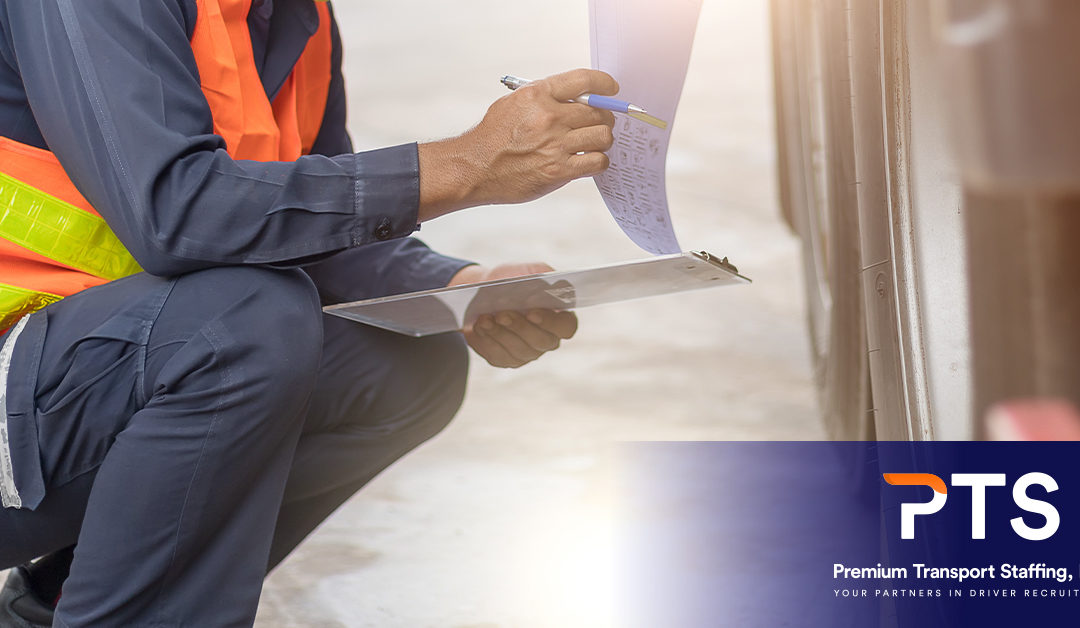Many drivers fully embrace pre-trip inspections. Those checks ensure that a vehicle is in good condition or potentially allowing them to spot issues and correct them before the driver hits the road.
However, post-trip inspections are equally important, if not more so. But some drivers are reluctant to complete these steps, and a portion of businesses may also devalue the post-trip inspection. In the end, either situation can be detrimental to the company.
If you are wondering why post-trip inspections are so vital and how you can ensure that your drivers aren’t skipping this critical step, here’s what you need to know.
Why Post-Trip Inspections Are So Important
While there are numerous reasons why a post-trip inspection is critical, one of the biggest is compliance. In some cases, there is a legal requirement for the check to occur. If a post-trip inspection is skipped – or not properly documented – your company could fall out of compliance, and that comes with consequences.
However, the reasons do go beyond legality. With post-trip inspections, your drivers can inform the company of mechanical issues that need addressing. It gets an additional set of eyes on the vehicle regularly, increasing the odds that subtle problems will be spotted promptly. This can be vital for fleet maintenance as well as safety.
Additionally, a post-trip inspection gives drivers a platform to discuss operational annoyances even if they aren’t outright safety issues. It gives you a glimpse into their daily experience, creating opportunities for you to improve the situation. If you do, morale can improve dramatically, something that often boosts productivity and retention.
How to Get Your Drivers to Complete Post-Trip Inspections
If you want to ensure that your drivers are completing the post-trip inspections, streamline your process first. By outlining a simplified and logical but thorough process, you can create a level of flow, making it easy to move through the various steps quickly.
Standardization can be the key to wider adoption. It allows the post-trip inspection to become a habit and increases the odds that every point will be checked along the way. There may be fewer mistakes with standardization, as what needs to occur is clearly spelled out and remains the same from one day to the next.
Once the process is defined, provide drivers with post-trip inspection training. Inform them of the company’s expectations, familiarize them with the process, and answer questions that arise.
Additionally, plan to audit post-trip inspection records regularly. Frequent checks allow you to spot if drivers may be missing a critical step or shirking their responsibilities, giving you a chance to address the issue as soon as possible.
Ultimately, post-trip inspections are incredibly important. As a result, it’s worth taking the time to create a thorough process that can quickly become routine for your drivers, increasing the odds that they’ll complete the tasks as needed.
Do You Need Qualified CDL Drivers in Ontario California?
If you’d like to learn more or need assistance with temporary driver staffing, the team at PTS® can help. Contact us today.


Recent Comments